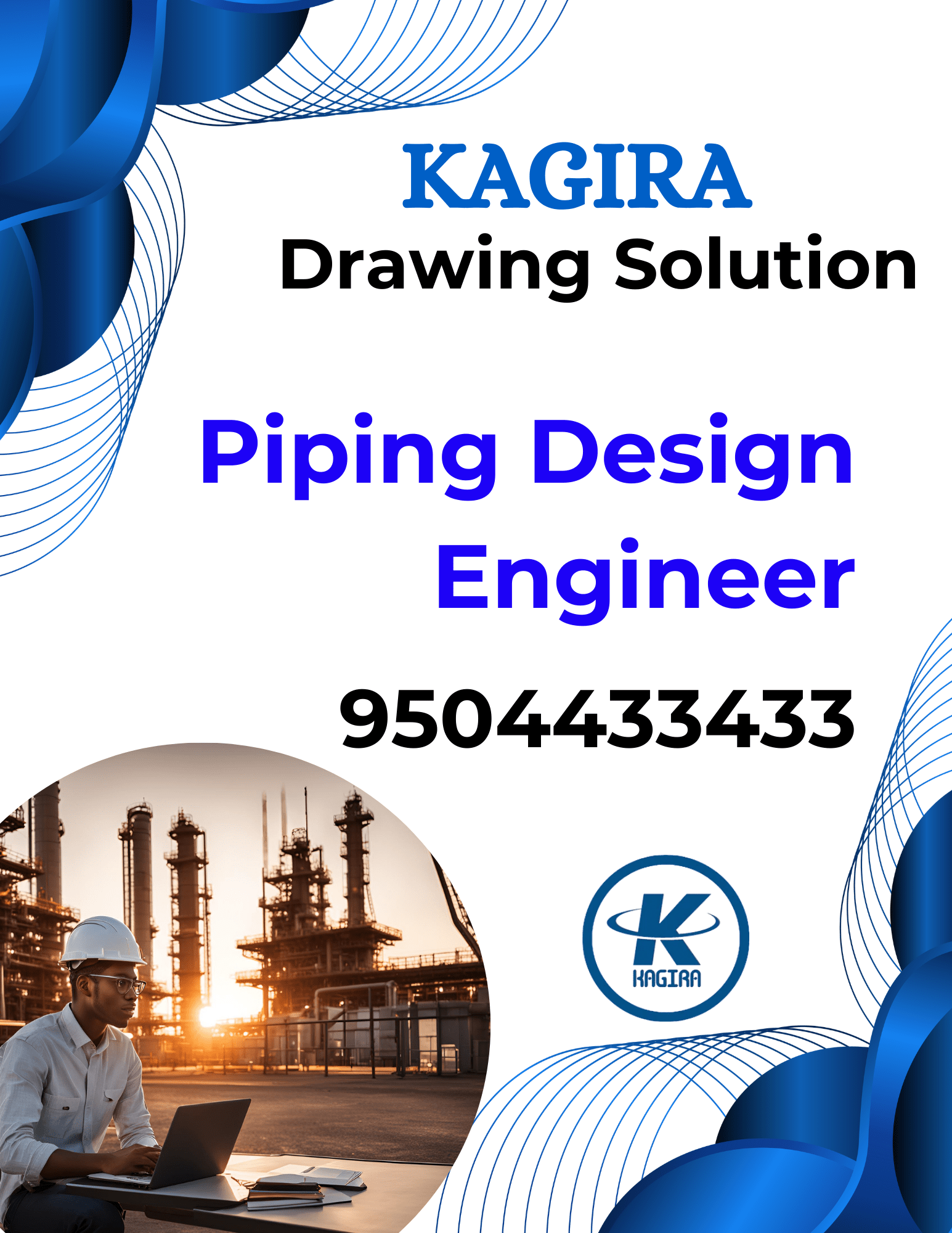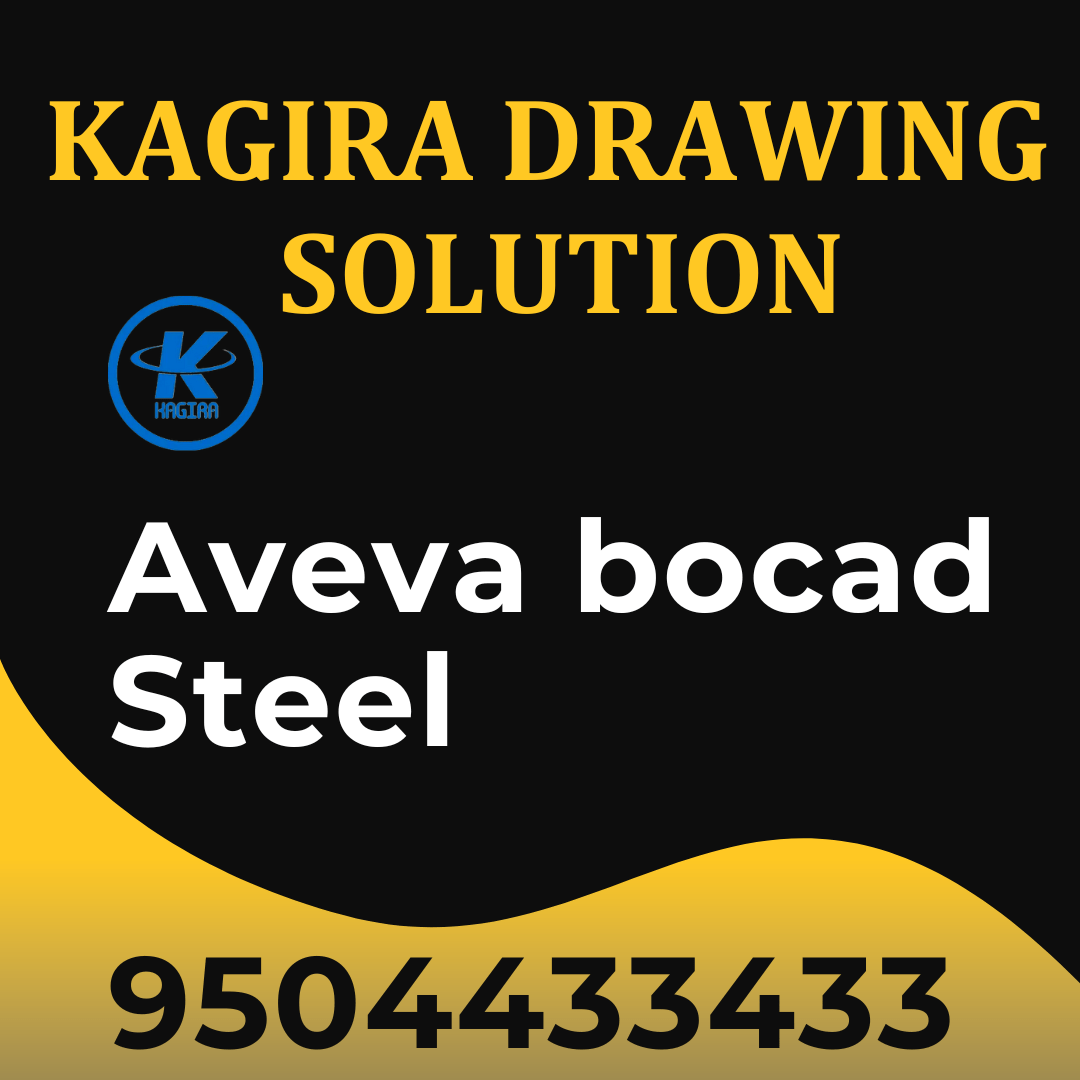At Kagira Drawing Solutions, we bridge the gap between academic knowledge and industrial requirements by offering hands-on training using industry-leading software tools like AVEVA E3D, AutoCAD, and CAESAR II. Our focus is to prepare engineers with the practical skills, project experience, and technical confidence needed to excel in real-world EPC environments.
1. Introduction to Piping Engineering
-
Role of a Piping Design Engineer
-
Overview of piping systems in process plants
-
International codes and standards (ASME, ANSI, API, ISO, etc.)
-
Process flow diagrams (PFD) and piping & instrumentation diagrams (P&ID)
2. Piping Components and Materials
-
Pipes: Types, schedules, and pressure ratings
-
Fittings: Elbows, tees, reducers, etc.
-
Flanges: Types and pressure classes
-
Valves: Gate, globe, ball, check, etc.
-
Gaskets, bolts, and fasteners
-
Material selection (MTO/BOM preparation)
3. Pipe Routing and Layout
-
Plot plans and equipment layout
-
Pipe routing concepts and practices
-
Pipe rack and sleeper design
-
Expansion loops and flexibility analysis
-
Piping layout development (GA Drawings)
4. Isometric Drawings
-
Extraction of isometrics from P&IDs
-
Bill of Materials (BOM)
-
Dimensioning and annotations
-
Spool drawings for fabrication
5. Supports and Stress Analysis
-
Types of pipe supports (hangers, guides, shoes, etc.)
-
Support span calculations
-
Introduction to piping stress analysis
-
Concepts of thermal expansion and flexibility
-
Introduction to CAESAR II or equivalent software (optional module)
6. 3D Piping Modeling Software
-
AVEVA E3D / PDMS, AutoCAD Plant 3D, or SmartPlant 3D (based on course focus)
-
Equipment modeling
-
Piping modeling and specification assignment
-
Clash checking and report generation
-
Extraction of drawings and reports
7. Project Execution and Documentation
-
Workflow in EPC projects
-
Document control and revision system
-
Piping deliverables and their approval cycles
-
Coordination with other departments (civil, structural, instrumentation, etc.)
8. Case Studies and Project Work
-
Hands-on project with real-life P&ID and layout
-
Full piping modeling, GA and isometric extraction
-
Final project report and presentation
Conclusion
As industries grow and new technologies emerge, the role of the piping engineer continues to expand, making it a stable and rewarding career path. For aspiring engineers, gaining practical training and software expertise—like what’s offered at Kagira Drawing Solutions—can be a game-changer in entering this competitive and globally relevant field.



